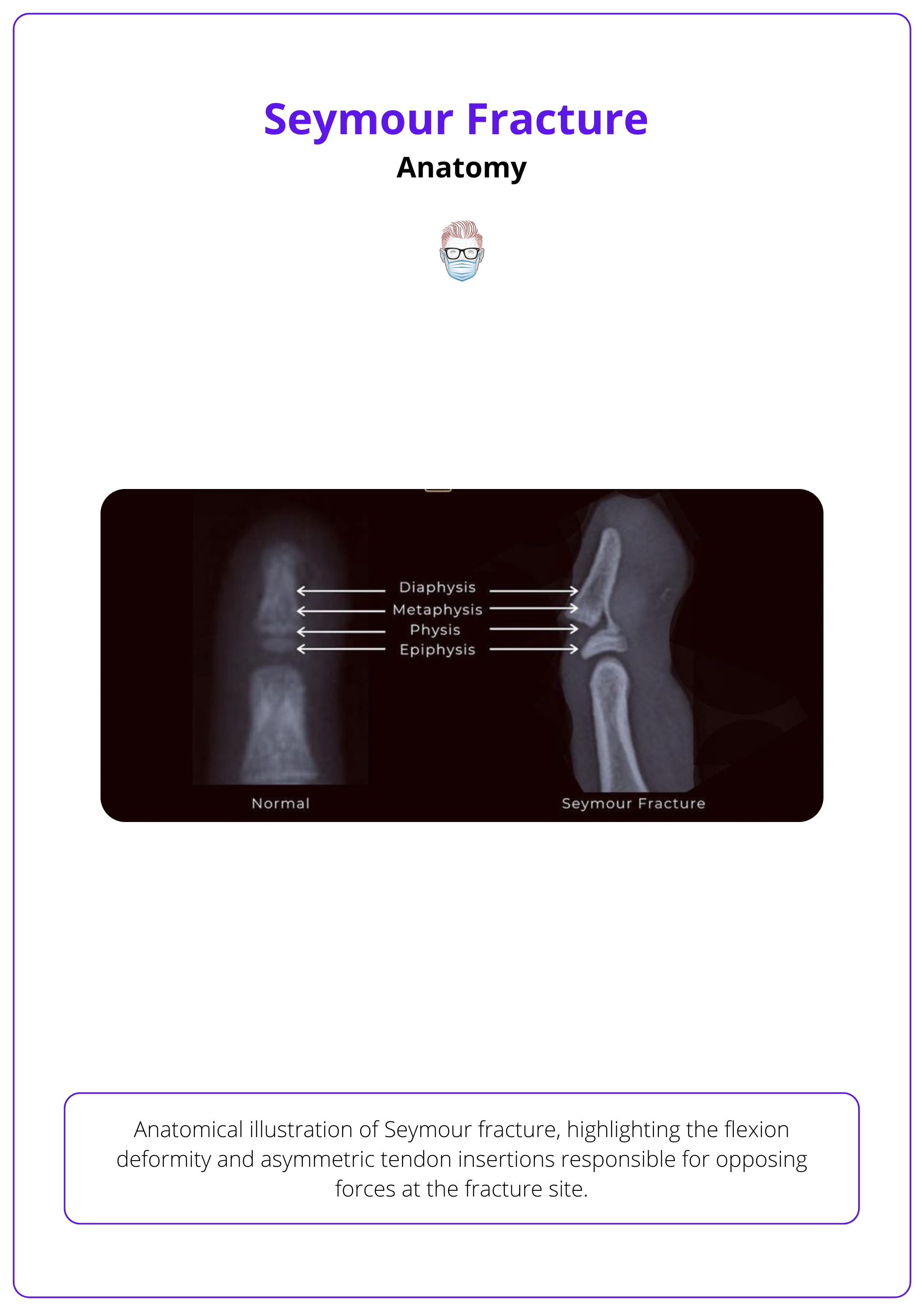In this week's edition
- ✍️ Letter from P'Fella
The Buried K-Wire Paradox - 🤓 The Sunday Quiz + Leaderboard
Winners announced! And we got a tie! - 🎙️ Trailer Release!
Listen to Behind the 'Fella trailer! - 🎓 theFellow's Corner
What's new with the team? - 🔥 Cosmetic Articles of the Week
Soft-tissue fillers, WAMs, & cosmetic tourism
With 1 sentence summaries! - 💕 Feedback
Suggest ideas & give feedback!
A Letter from P'Fella
The Buried K-wire Paradox.
Ever notice how a simple surgical decision can spark deeper debates in our field? This week, we dug into whether K-wires should be left exposed or buried—a topic that really highlights a fundamental paradox in plastic surgery.
👇
Should we bury our K-wires or keep them exposed? Our Fellows debated this in an upcoming episode of Behind the 'Fella. One side argued that exposed K-wires, if managed well, avoid additional surgeries and reduce hospital stays. The other side said buried K-wires reduce infections and increase comfort.
We ran a Twitter poll, and nearly 80% of you prefer keeping K-wires exposed.
I like not burying k-wires because they are easy to take out.
— thePlasticsFella (@PlasticsFella) November 23, 2021
But patients don't like metal sticking out of their fingers.
What are your thoughts?
So, what’s the deal with the "Buried K-wire paradox"? It’s all about balancing short-term surgical efficiency with potential long-term patient outcomes:
- Exposing K-wires: This method avoids another surgery, saving operating room time and hospital stays. It allows for quick, easy removal in a clinical setting without extra intervention. It’s practical and resource-efficient.
- Burying K-wires: This method reduces pin-site infections and increases patient comfort. While it requires another procedure to remove the wires, it eliminates the discomfort and appearance of exposed metal.
The paradox is that each approach's potential benefits have the potential to undermine the other's, making it difficult to determine which method provides the best overall outcome. This inherent conflict between immediate efficiency and potential long-term benefits creates a genuine paradox in surgical decision-making
This debate isn't just about K-wires; it highlights broader issues in surgical practices that are hard to prove in trials but impact our work. It raises questions like dissolvable vs. non-dissolvable sutures, showing how we balance evidence-based practices with real-world experience and resource limits.
P'Fella ❤️
tl;dr
The "Buried K-wire paradox" highlights a conflict in plastic surgery: exposed K-wires save time and reduce hospital stays, while buried K-wires has the potential to lower infection risk and increase comfort, with 80% favouring exposed K-wires
The Sunday Quiz
*Drumroll🥁* We've got winners!
We're thrilled to announce the winners of this edition's quiz. After six rounds of questions on plastic surgery, our top scorers are Alex, Maitumelo, Hatan, and Paul.
With a tie at the top, we're considering a playoff, possibly live on our podcast! We'll contact the finalists soon.
Thank you to everyone who participated. Stay tuned for more fun quizzes in future editions

Here's the rest of the leaderboard
Behind the ‘Fella
The Trailer is here!
🎉 Exciting News! Our new podcast, "Behind the Fella," is now live on Apple Podcasts and Spotify!
Join us for exclusive insights from our team meetings and engaging discussions on plastic surgery with our fellows. Get a unique, behind-the-scenes look at our practice!
🌟 The first episode drops tomorrow! 🌟
We’ll explore Ring Avulsion Injury, AI Image Creation, Writing Op-Notes, Reading Patterns, and debate whether Steri-Strips should be applied longitudinally or transversely.
the Fellows' Corner
What have the fellows been up to?
Our team has been hard at work creating fantastic new content for our community, including fresh articles, clinical cases, and surgical techniques focused on tumors. Don't miss our recent article on Seymour Fractures

Seymour Fractures
Definition
A Seymour fracture is an open, displaced distal phalangeal physeal fracture with an associated nailbed injury.
Anatomy
They present as mallet fingers with a flexion deformity due to the level of flexor and extensor tendons at the distal phalanx.
Clinical Features
Crush injuries associated with a nail plate avulsion and proximal nail bed interposition at the fracture site.
Investigations
X-rays are required for adequate diagnosis with distinct features seen on the lateral view.
Treatment
Treatment is multimodal and involves irrigation, debridement, reduction, fixation, and antibiotics.
Complications
Include osteomyelitis, nail dystrophy, non-union or malunion, and growth disturbances of the distal phalanx.
Articles of the Week
3 interesting articles with 1 sentence summaries.
Explore the risks associated with soft-tissue fillers such as necrosis and blindness, along with high-risk injection sites.
Discover how WAMs help track gradual improvement in patients' functional mobility over six months after abdominal wall surgery.
A five-year look back at Canniesburn Plastic Surgery Unit highlights the high costs and common complications, showing the importance of better patient awareness and stronger global policies.


